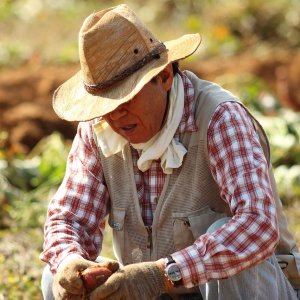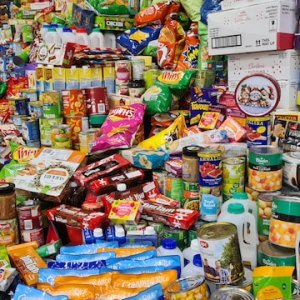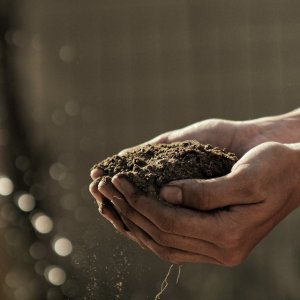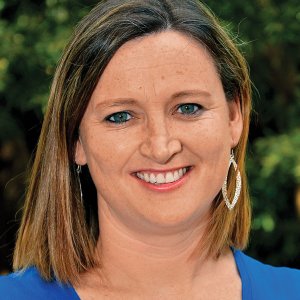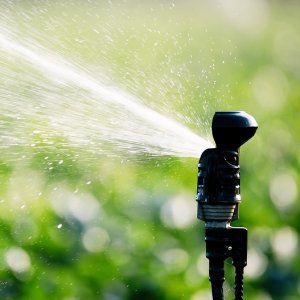How to Feed a Hungry World

STORY INLINE POST
According to data from the UN, in 2050 there will be 10 billion people living in the world, and to cover the food needs of a constantly growing population, food production will have to grow by 70 percent.
Food production will have to increase in a context in which arable land is overexploited and largely impacted by climate change. In the same way, this challenge must be met by ensuring the care and preservation of natural areas that allow the survival of flora, fauna and the human species.
Although at first sight the scenario seems catastrophic, we are confident that the creative and innovation capacity of farmers and the ag industry will make it possible to overcome these challenges. But first, we have to understand that profound changes are needed; changes that will allow us to have a sustainable agriculture that produces food in sufficient quantity and quality, that improves the lives of farmers and the society that consumes it, and that protects the planet for future generations.
Modern agriculture will have to protect as many natural resources as possible, which are essential for the entire production chain; therefore, soil and water conservation is of vital importance: according to FAO data, 95 percent of food production comes directly or indirectly from soils, a non-renewable natural resource. Furthermore, UNESCO data indicate that the demand for fresh water for agricultural and industrial use will increase by 50 percent by 2030.
The big question that always arises among farmers is how to produce more using fewer natural resources? The answer is to continue to implement research, science and development in the field. As in many other industries, digital transformation and innovation are already a reality in agriculture and are transforming the way food is produced.
Today, we can see crop fields where various technologies are implemented to allow for much better yields. In this context, we can see drones, soil sensors, GPS-guided tractors or producers managing their crops with digital applications. Through this equipment, farmers are already making a more efficient use of natural resources, making better use of soils and reducing the emission of CO2 gases.
Raising Awareness
Certainly, consumers need to have a vision of the role that modern agriculture plays in providing them with fresh, nutritious and safe food that reaches their homes all year round.
With this aim in mind, Bayer's latest campaign, called "Fruturistas,” seeks to make society aware of the challenges faced by farmers and how we can achieve food sufficiency through a sustainable, economically viable and environmentally responsible agricultural model. Through a social experiment, where diners in a restaurant were able to "taste" the 2050 Menu with tiny, scarce portions and missing ingredients, the public could see the urgent need to change our consumption habits and evolve our forms of production so as not to condemn future generations.
We must understand that the challenges for agriculture are too great to be solved by one entity alone. Collaboration between the public and private sectors, as well as civil society, are needed to ensure greater innovation and more sustainable solutions to future challenges.
Let us accompany producers on the road to the agriculture of the future and remember that all of us in the agri-food sector have the task of producing food for an ever-growing population, always in a sustainable and responsible manner, recovering soils and preserving biodiversity.








